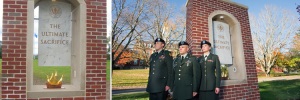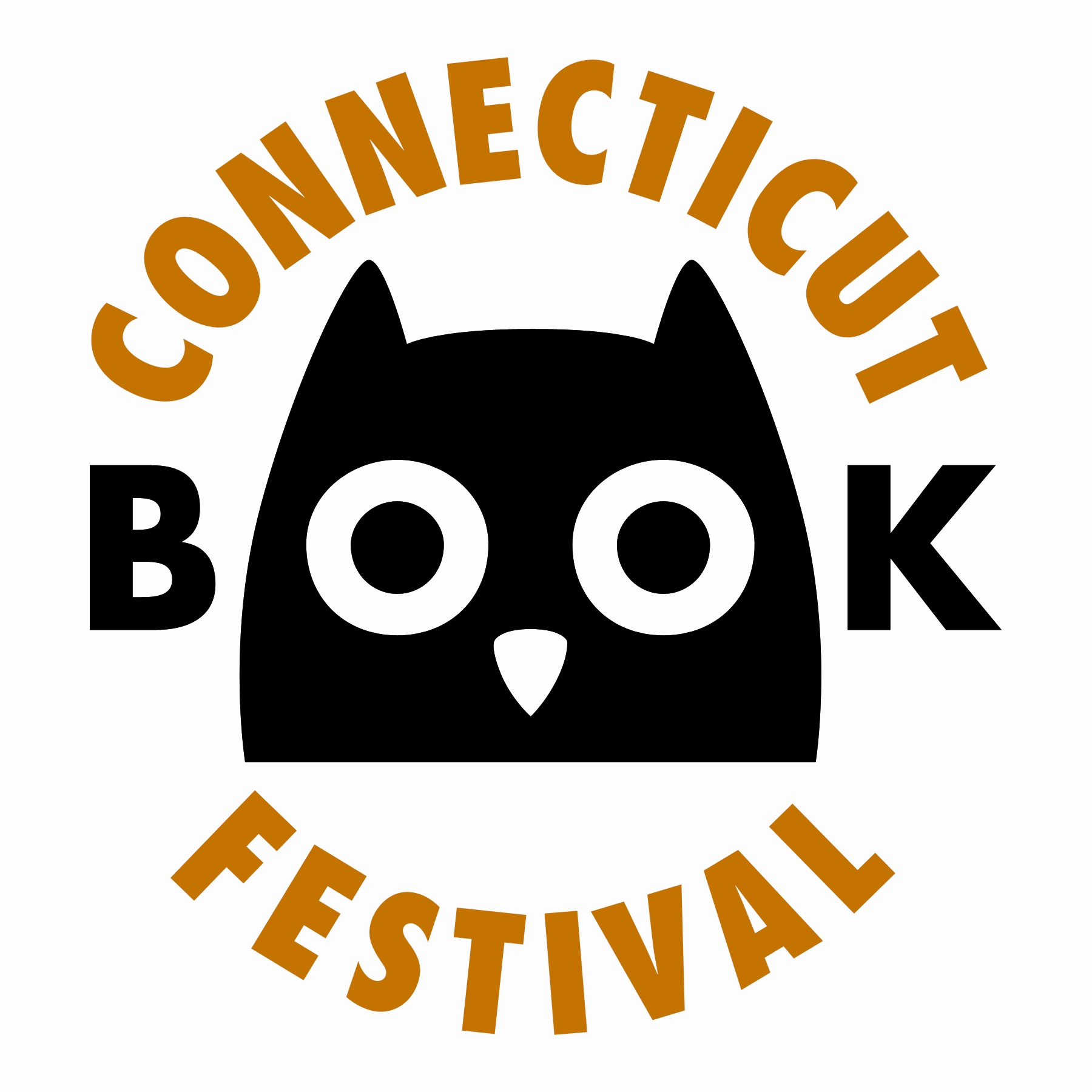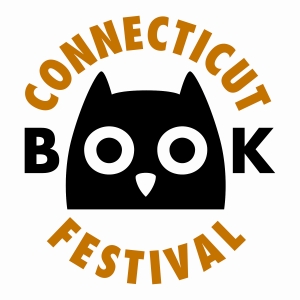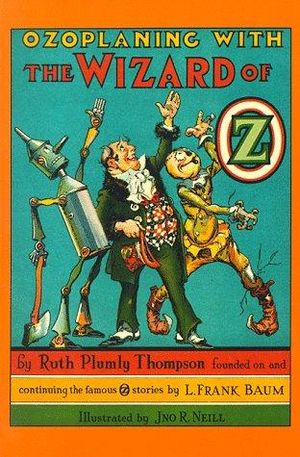Charles Dickens, in his 1842 book American Notes, wrote about an excursion he took by train from Boston to Lowell, Massachusetts. He describes his trip in this way: “[The train] whirls headlong…clatters over frail arches, rumbles upon the heavy ground, shoots beneath a wooden bridge which intercepts the light for a second like a wink, suddenly awakens all the slumbering echoes in the main street of a large town, and dashes on haphazard, pell-mell, neck-or-nothing, down the middle of the road…there – on, on, on – tears the mad dragon of an engine with its train of cars; scattering in all directions a shower of burning sparks from its wood fire, screeching, hissing, yelling, panting; until at last the thirsty monster stops beneath a covered way to drink, the people cluster round, and you have time to breathe again.”
Takes your breath away, doesn’t it?
Railroads came on the scene in the United States in the early 1830s and immediately took hold of the national psyche, changing concepts of speed and time and providing limitless possibilities of the movement of agricultural products, goods of industry, and people to all points across the country. The railroad was the means that brought the Industrial Revolution to the United States, ushering in the modern world we know today. To the people of the 19th century, the railroad was a dream, a miracle, a danger, and the most marvelous thing they had ever seen.
The Railroad History Archive has many thousands of photographs. Most focus on locomotives and scenes of the New Haven Railroad, the predominant railroad line in southern New England from 1872 to 1968. We have photographs of railroad stations and other structures, railroad yards, passenger cars and dining cars. We have photographs of railroad bridges, railroad tunnels, and railroad trestles.
But few photographs are as evocative as the one above, where railroad men pose with the nation’s new obsession.



































